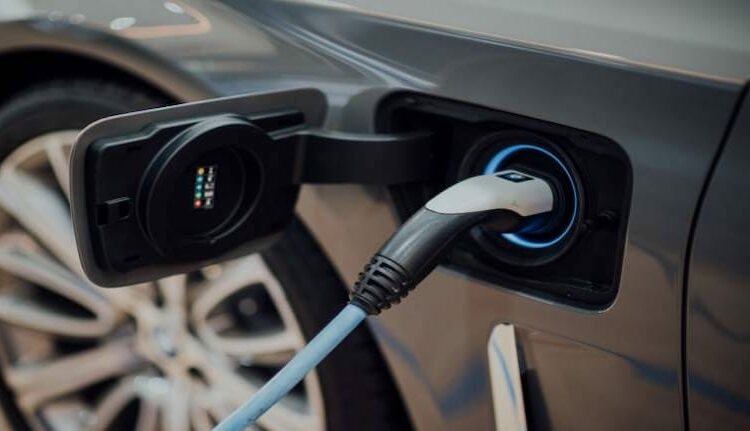Cross country EV charging network is pushing ahead rapidly.
Financing for the underlying Interstate part of the program will be designated utilizing an equation that imitates how government parkway awards are appropriated.
Beginning in financial year 2022, $615 million will be accessible to construct charging stations, and $300 million will be allotted to set up the Joint Office of Energy and Transportation. A modest amount of every year’s financing will go toward filling holes in the organization.
After the underlying $5 billion program is sent off, one more $2.5 billion in optional awards will be accessible to fabricate chargers in provincial and underserved regions.
As a feature of their arrangements submitted to the national government, states should guarantee that the charging stations will be solid something like one charger for each station should be working in excess of 97% of the time-and that they will restrict their effect on the electric matrix.
States are likewise coordinated to configuration stations so they can be effortlessly extended and overhauled as request develops and charging rates increment. The new program likewise urges states to site chargers close to travel focuses, general stores, guest focuses, or eateries.
Around a long time from now, a typical grievance about electric vehicles-range tension will be a relic of past times across a large part of the US.
Beginning this year, the central government will start giving out $5 billion to states more than five years to fabricate a cross country organization of quick chargers.
The arrangement at first spotlights on the Interstate Highway System, guiding states to assemble one charging station each 50 miles. Those stations should be equipped for charging something like four EVs all the while at 150 kW.
Whenever states have finished the Interstate charging network, they’ll have the option to apply for awards to fill in holes somewhere else.
The Joint Office of Energy and Transportation, another office framed to assist the Transportation and Energy Departments with managing the program, will permit made to order special cases for the 50-mile prerequisite if, for instance, no network association is accessible close by.
“We’re looking hard and long at this,” Secretary of Transportation Pete Buttigieg told Car and Driver.
“Some portion of this program will be a common norm. Assuming we will utilize citizens’ dollars to assist private entertainers with placing in charging stations, then, at that point, obviously we want to ensure the resident is receiving great worth in return. There might be quite a few organization benefits through steadfastness programs. That is fine,” he said, “however we must ensure… everyone can benefit.”
The new program likewise focuses on homegrown creation of chargers, which has effectively prodded a few makers to start setting up tasks in the US.
Tritium, an Australian organization that provisions a few quick chargers to ChargePoint, said recently that it would construct a plant in Tennessee that can put out 30,000 DC quick chargers each year. Siemens additionally plans to extend its US impression so it can make up to 1 million chargers each year by 2025.
One region where the new program right now misses the mark concerns how individuals will pay for charging. Most non-Tesla EV proprietors have various applications on their telephones (or dandies on their keychains) to give them admittance to various charging networks. It’s not exactly advantageous.
To get acknowledgment for their Interstate form out, states should introduce chargers that utilization the Combined Charging System, otherwise called CCS. Except for the Nissan Leaf, most models of EVs sold in the US can utilize this attachment type.
However Teslas have their own attachment type, the organization is supposedly intending to offer a connector that will permit at minimum a portion of its North American armada to utilize CCS quick chargers. (It as of now offers that connector in South Korea.)
Buttigieg additionally said that the new Joint Office of Energy and Transportation will begin investigating giving direction on the best way to site and plan chargers to work with vehicles towing trailers.
The new program addresses a critical initial investment on President Joe Biden’s promise to make an organization of 500,000 charging stations across the US by 2030. Assuming that arrangement works out as expected, it should assist with speeding the nation’s change to EVs while slicing fossil fuel byproducts from transportation.
Placing a Visa peruser on each charging station appears to be a fair arrangement, however a few organizations as of now support the ISO 15118 norm, otherwise called “fitting and-charge.” Drivers utilizing viable vehicles can basically connect, and the charger and vehicle direction to deal with both confirmation and installment.
Simon Grey was an iconic writer known for his science-fiction and high fantasy short stories. He was raised in a household in which the exploration of article ideas and fact finding was encouraged.
Disclaimer: The views, suggestions, and opinions expressed here are the sole responsibility of the experts. No The Insure Life journalist was involved in the writing and production of this article.

